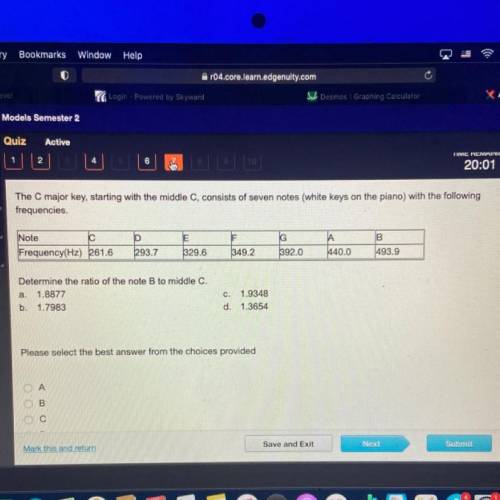

Extra: If you have a piano, electronic keyboard or other musical instrument, you could try comparing the notes from the straws to the notes on the real musical instrument.What do you hear this time? How does it compare to what you heard with the longer straw? Again, you might need to try blowing through the straw a few times to make it produce a constant, single note. Now blow through the shorter straw using the same method.It might take some practice and repeated tries to produce a constant, single note. You may need to move the straw around slightly to locate the best position for creating your musical note. What do you hear? The cut ends should vibrate and produce a tone. Why do you think you need to apply pressure to the straw? Then curve your lips down and inward a little and apply light pressure on the straw with your lips. Position the cuts so they're just inside your lips. Insert the cut end of the longer straw into your mouth.Repeat this with the other straw so that both have small, angular cuts on one end.This should make the end of the straw be similar to a "V" shape when flattened, but without a pointed tip at the end (the end should have a short, flat, uncut segment left). On the same straw, use scissors to make two small, angular cuts, one on each side of the flattened end.You can use your teeth or pinch it between your fingers or fingernails to flatten it. Take one of the straws and flatten about one inch at one end of the straw.How do you think the different lengths will affect the sounds the straws make? Cut one of the two drinking straws so that it is half the length of the other straw.Piano, electronic keyboard or other musical instrument that can produce a scale of notes (optional).At least two plastic or paper drinking straws.

These vibrations are transmitted to the soundboard of the instrument, which amplifies the sound. On a stringed instrument, such as a guitar or piano, when the string is plucked (guitar) or struck (piano), it vibrates and produces a standing wave on the string. On average, the frequency range for human hearing is from 20 Hz at the low end to 20,000 Hz at the high end. This is measured in hertz (Hz), which is in cycles per second. Technically, the frequency of a wave describes how many cycles of the wave happen during a certain amount of time. The higher the frequency, the higher the perceived pitch. Sound itself is a wave, a pattern, of changing air pressures.įor a sound wave, the frequency of the wave corresponds to the perceived pitch of the sound. The compressions and rarefactions are rapidly transmitted through the air from the original source as a wave, making sound. The pushes cause a local compression of the air (increase in pressure), and the pulls cause a local rarefaction of the air (decrease in pressure). The vibrations push and pull on air molecules, changing the air pressure around them. In this science activity, you'll make your own musical instruments using drinking straws and explore how changing the length of the straws changes the notes that they produce. Many instruments accomplish this by changing the length of part of the instrument, such as the strings in a piano or on a guitar, or a trombone's adjustable air column or the different-length keys on a xylophone. Of course, most instruments are capable of producing many different notes-or sizes of sound waves. So what you hear as pitch is really just a collection of similarly sized sound waves moving through the air and hitting your ear. Have you ever wondered how a musical instrument produces the beautiful sounds that it does? It all comes down to science! To make a certain note, the instrument has to generate a particular-sized sound wave.


 0 kommentar(er)
0 kommentar(er)
